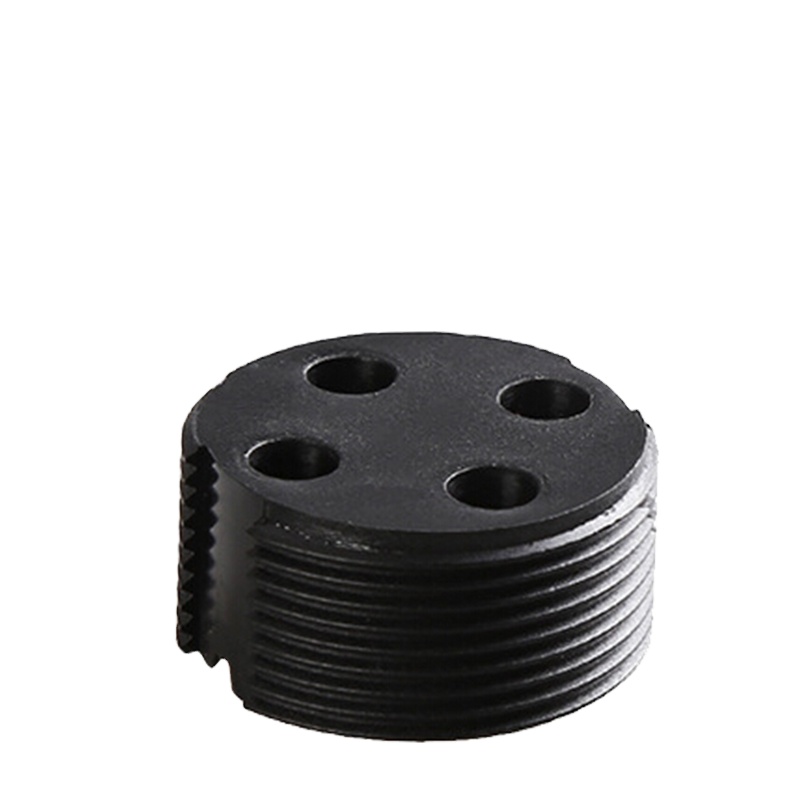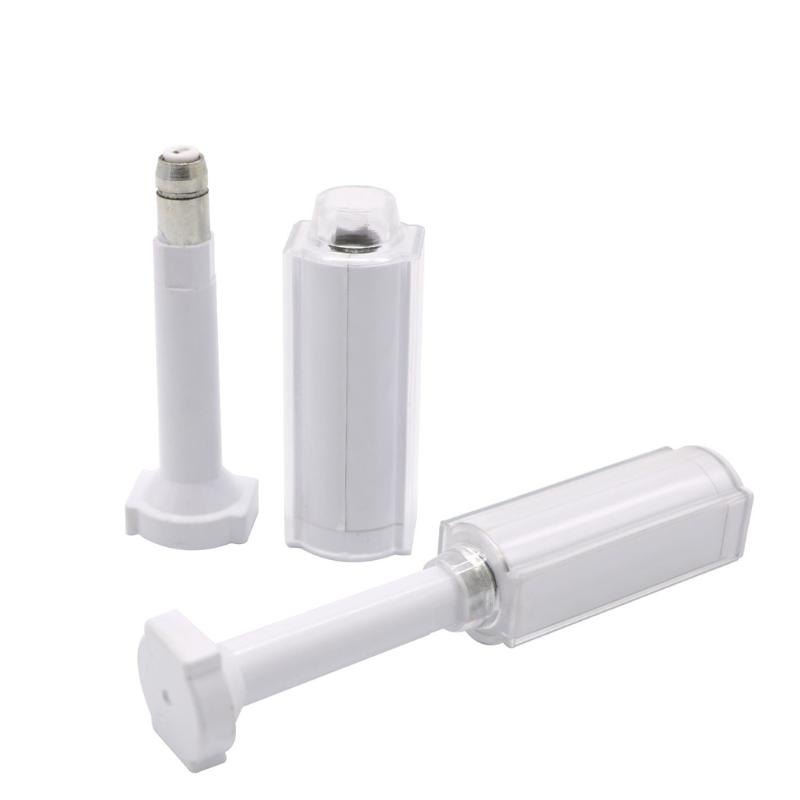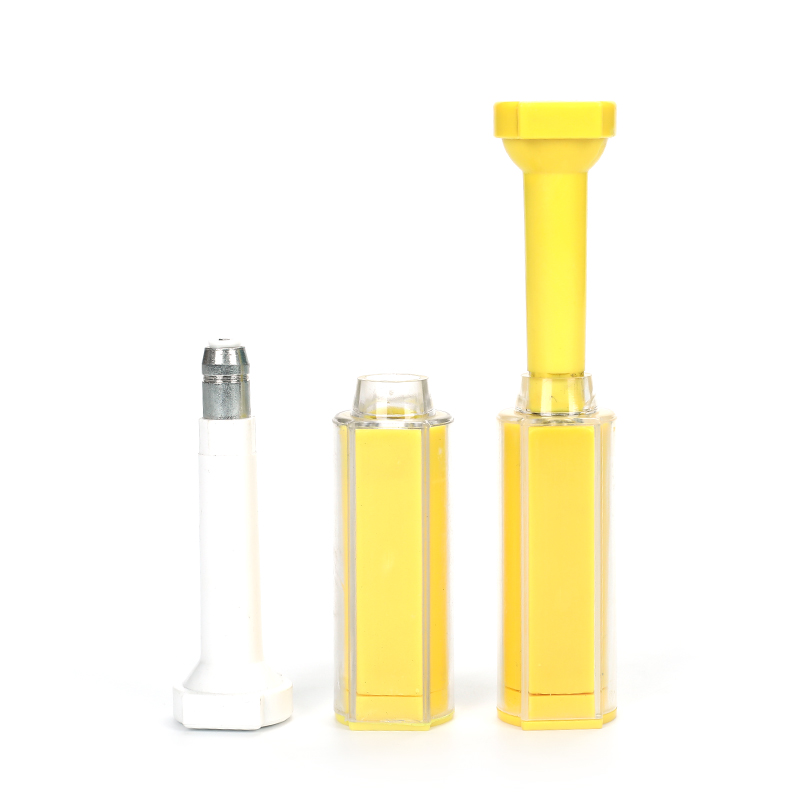
ההבדל המהותי בין תגי RFID לכרטיסי RFID: פתיחת הכוח של זיהוי תדר רדיו
תוֹכֶן הָעִניָנִים
הבנת ההבדלים העיקריים, מקרי השימוש ומדריך הבחירה לפתרונות RFID
אך כשמגיע הזמן לבחור את פורמט ה-RFID המתאים, קונים רבים שואלים: “האם עליי להשתמש ב- תגי RFID אוֹ כרטיסי RFID?”
שניהם משמשים לזיהוי ומעקב אלחוטי, אך הם נבדלים זה מזה באופן משמעותי מבחינת צורתם, עמידותם, פונקציונליותם ויישומיהם.
במדריך זה, אנו מפרטים את ההבדלים בין תגי RFID לכרטיסי RFID, מספקים דוגמאות לשימוש בעולם האמיתי ומסייעים לכם לבחור את הפתרון המתאים לצרכי העסק שלכם.
מהו תג RFID?
תגי RFID הם משדרים-מקלטים רב-תכליתיים המשמשים לזיהוי ומעקב אלחוטי אחר אובייקטים פיזיים. הם יכולים להיות במגוון צורות וגדלים, כולל:
- תוויות דבק
- תגיות קשיחות נגד מתכת
- תגיות בצורת מטבע/דיסק
- תגיות הברגה או מוטמעות
תגי RFID מחוברים בדרך כלל ל:
- פריטי מלאי
- כלים וציוד
- מכולות או משטחים
- ריהוט, ביגוד, כלי רכב או אפילו עצים
הם פועלים בתדרים שונים — LF (125kHz), HF (13.56MHz) או UHF (860-960MHz) — בהתאם לטווח ולדרישות הנתונים.
תגי RFID הם אידיאליים לשימוש תעשייתי, שרשראות אספקה וניהול נכסים.

מהו כרטיס RFID?
כרטיסי RFID הם בדרך כלל כרטיסים מבוססי PVC בגודל CR80 (פורמט כרטיס אשראי סטנדרטי). הם מכילים שבב RFID ואנטנה בתוך שכבות הכרטיס המרוכבות.
שימושים אופייניים בכרטיסי RFID:
- בקרת גישה לבניין ולחדרים
- מערכות ניהול זמן ונוכחות
- מכירת כרטיסים לאירועים וזיהוי אורחים
- כרטיסי מפתח למלון
- תשלומים ללא מגע
כרטיסים אלה קלים לנשיאה בארנקים או בשרוכים, והם מתאימים ביותר לזיהוי משתמשים, אימות ובקרת גישה.

הבדלים עיקריים: תגי RFID לעומת כרטיסי RFID
| תכונה | תגיות RFID | כרטיסי RFID |
| גורם צורה | דיסקים, שלטים, כפתורים, מסמרים, על מתכת, צמידים | כרטיס CR80 (בגודל כרטיס אשראי) |
| שימוש ראשוני | מעקב אחר נכסים, לוגיסטיקה, ציוד, בעלי חיים | בקרת גישה, זיהוי, אירוח, מכירת כרטיסים |
| הַרכָּבָה | מקובע באמצעות ברגים, דבק, הטבעה, חומר הדבקה | נשאים בארנקים, תגים, מחזיקים |
| עֲמִידוּת | אפשרויות עמידות, עמידות למים ועמידות בטמפרטורות גבוהות | עמידות קלה עד בינונית |
| התאמה סביבתית | סביבות חיצוניות/קשות | מתאים ביותר לשימוש בתוך הבית או מול המשתמש |
| התאמה אישית | UID, חריטה בלייזר, מספרי סידורי, אפשרויות שבב | הדפסה בצבע מלא, לוגואים, QR, ברקודים |
| עֲלוּת | משתנה בהתאם לחומרים ולסוג השבב | עלות נמוכה יותר עבור כרטיסים סטנדרטיים |
איך לבחור: תג RFID או כרטיס RFID?
הבחירה בין תג RFID לכרטיס תלויה ביישום, בסביבה ובאינטראקציה הרצויה עם המשתמש.
שאל את עצמך:
- האם הפריט נייח או נע בתהליך?
השתמשו בתגי RFID למעקב אחר נכסים, משטחים וציוד
בחר כרטיסי RFID לזיהוי אישי או גישה לדלתות - האם נדרשת עמידות או חוסן?
תגי RFID הם אידיאליים לשימוש בחוץ, בתנאים קשים או בצרכים הדורשים עמידות למים.
כרטיסי RFID מתאימים יותר לשימוש יומיומי בסביבות פנימיות מאובטחות. - האם מיתוג או הצגה חשובים?
כרטיסי RFID מציעים משטח גדול יותר לעיצוב והדפסה מותאמים אישית
תגיות מסוימות (למשל, צמידים, מחזיקי מפתחות) מציעות גם שטח למיתוג. - האם אתה זקוק לתאימות למתכת?
השתמש בתגי RFID מיוחדים על מתכת כדי למנוע בעיות קריאה
כרטיסי RFID אינם מיועדים למשטחים מתכתיים
תרחישי שימוש בעולם האמיתי
דוגמאות לשימוש בתגי RFID
- מפעל ייצור משתמש בתגי RFID ABS עמידים על מתכת כדי לעקוב אחר חלקי מכונות בתחנות שונות.
- חוות בעלי חיים משתמשת בתגי אוזן RFID UHF כדי לעקוב אחר בריאות הבקר, מיקומו וחיסוניו.
- מחסן מדביק תוויות RFID על משטחים כדי לסרוק סחורות באופן אוטומטי בדלתות הרציף.
שימושים בכרטיסי RFID
- מלון מספק לאורחיו כרטיסי מפתח לחדר המבוססים על טכנולוגיית RFID של MIFARE, המאפשרים גישה בטוחה לחדר.
- משרד מנפיק כרטיסי RFID לעובדים לצורך כניסה מאובטחת לבניין ורישום נוכחות.
- כנס משתמש בכרטיסי RFID NFC מודפסים ככרטיסים חכמים לגישה של המשתתפים ומעקב אחר המפגשים.

שאלות נפוצות (FAQ)
מהו ההבדל העיקרי בין תגי RFID לכרטיסי RFID?
תגי RFID מגיעים במגוון צורות פיזיות (דיסק, שלט, על מתכת וכו') ומשמשים לעתים קרובות למעקב אחר חפצים או נכסים. כרטיסי RFID הם כרטיסים שטוחים בגודל ארנק המשמשים בעיקר לזיהוי אנשים או לבקרת גישה.
מה עמיד יותר?
תגי RFID — במיוחד תגים ברמה תעשייתית — מתוכננים לעמוד בסביבות קשות, כולל חום, לחות והלם. כרטיסי RFID מתאימים ביותר לסביבות מבוקרות כמו משרדים או אירועים.
האם כרטיסי RFID ניתנים לכתיבה חוזרת?
כן, כרטיסי RFID רבים ניתנים לכתיבה חוזרת, בהתאם לסוג השבב (לדוגמה, MIFARE Classic, NTAG213). ניתן לקודד ולקודד מחדש נתוני משתמש, אלא אם השבב נעול.
האם ניתן להשתמש בתגי RFID ובכרטיסים באותה מערכת?
כן. מערכות RFID רבות תומכות במגוון גורמי צורה, כך שניתן להשתמש בתגים למלאי ובכרטיסים לגישה של אנשי צוות — והכל מתבצע באמצעות פלטפורמה מאוחדת.
איך אדע איזה תדר לבחור?
זה תלוי ביישום שלך:
- 125 KHz (LF) – מתאים לבקרת גישה, סריקה בטווח קצר
- 13.56 MHz (HF/NFC) – פופולרי עבור כרטיסים, NFC ויישומים לטווח בינוני
- 860–960 MHz (UHF) – אידיאלי למעקב אחר נכסים ולוגיסטיקה לטווח ארוך
זקוק לעזרה בבחירת פתרון RFID מתאים?
אנו מספקים לך את כל הפתרונות הדרושים לך, בין אם אתה זקוק ל-RFID לצורך גישה מאובטחת, מעקב אחר מלאי או אוטומציה של שרשרת האספקה.
📩 בקש הצעת מחיר או דוגמה חינם עכשיו
📱 צ'אט איתנו ב-WhatsApp: +86 138 2318 6864
אנו מציעים:
- אפשרויות צורה ושבב מותאמות אישית
- תמחור בכמות גדולה
- מיתוג OEM וקידוד מראש
- תאימות UHF, HF ו-NFC
הערות
מוצרים לוהטים
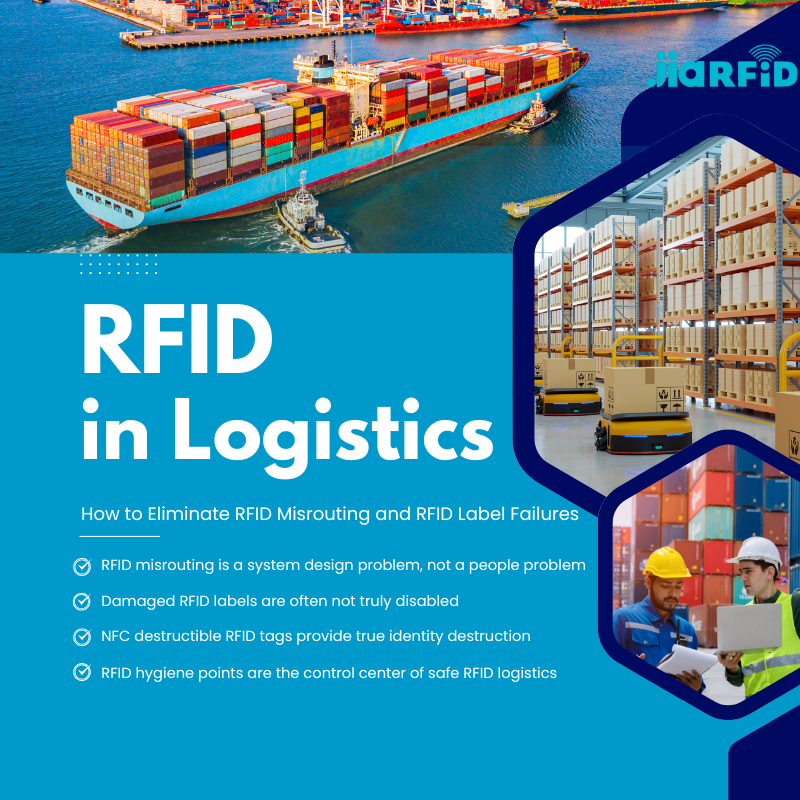
RFID בלוגיסטיקה: כיצד למנוע טעויות ניתוב RFID וכשלים בתוויות RFID
RFID בתחום הלוגיסטיקה הוא יותר מסתם כלי להאצת תהליכים. הוא הפך לחלק מרכזי באופן הפעולה של שרשראות אספקה מודרניות.

מהו ניהול פסולת באמצעות RFID
דמיינו עיר שבה כל פח אשפה מדבר — לא במובן המילולי — אלא באמצעות שבב זעיר שמודיע למערכת מתי הוא מלא, מתי הוא מרוקן ולאן הוא נלקח. זה מה שעושה כיום ניהול פסולת באמצעות RFID.

מהם אטמי בורג ומהן היישומים שלהם? | המדריך המלא
בסחר ולוגיסטיקה גלובליים, אטמי בורג ממלאים תפקיד מכריע בהבטחת אבטחת המטען ותאימותו. מכשירים קטנים אך עוצמתיים אלה נועדו לנעול מכולות משלוח, נגררים ודלתות מטען באמצעות מנגנון המונע חבלה.
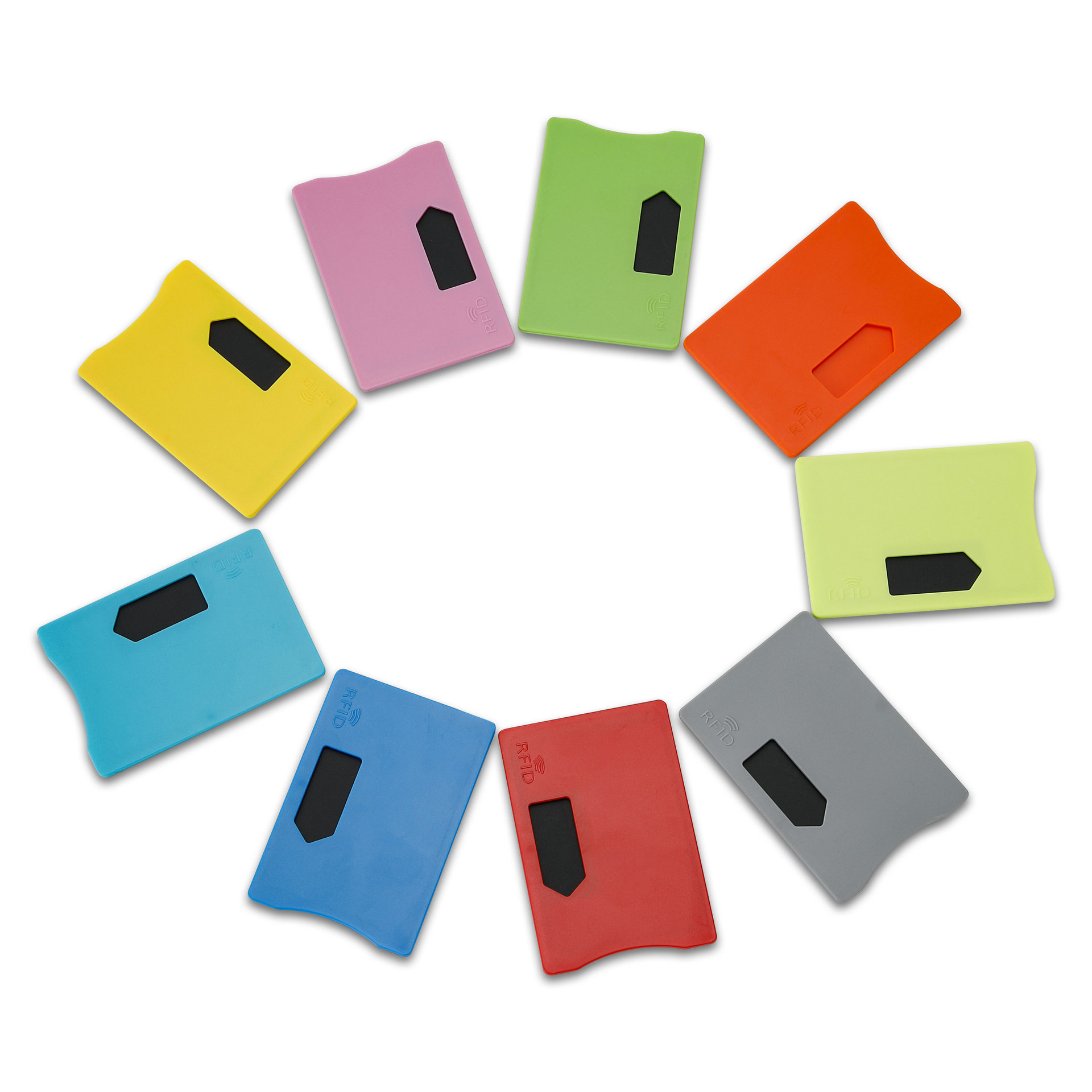
מהו מגן כרטיס RFID? יתרונות, דוגמאות לשימוש ומדריך לקנייה
טכנולוגיית RFID (זיהוי בתדר רדיו) נמצאת בכל מקום: בכרטיסי האשראי, בתגי זיהוי, בכרטיסי נסיעה, במפתחות לחדרי מלון ועוד. היא מציעה מהירות ונוחות, אך היא גם פותחת את הדלת לסוג חדש של גניבה דיגיטלית המכונה “סקים”. כאן נכנס לתמונה מגן כרטיסי RFID.

צמידי RFID לאירועים: מדריך לרכישה בכמויות גדולות למארגנים
צמידי RFID לאירועים הופכים לפתרון המועדף על מארגנים הזקוקים לכניסה מהירה יותר, למניעת הונאות ולתשלומים ללא מזומן בקונצרטים, בפסטיבלים ובאצטדיוני ספורט. בניגוד לכרטיסים מנייר או לקודי QR, צמידים חכמים אלה משתמשים בשבבים מוטמעים כדי לייעל את הגישה, לאבטח את העסקאות ולשפר את חוויית האורחים.
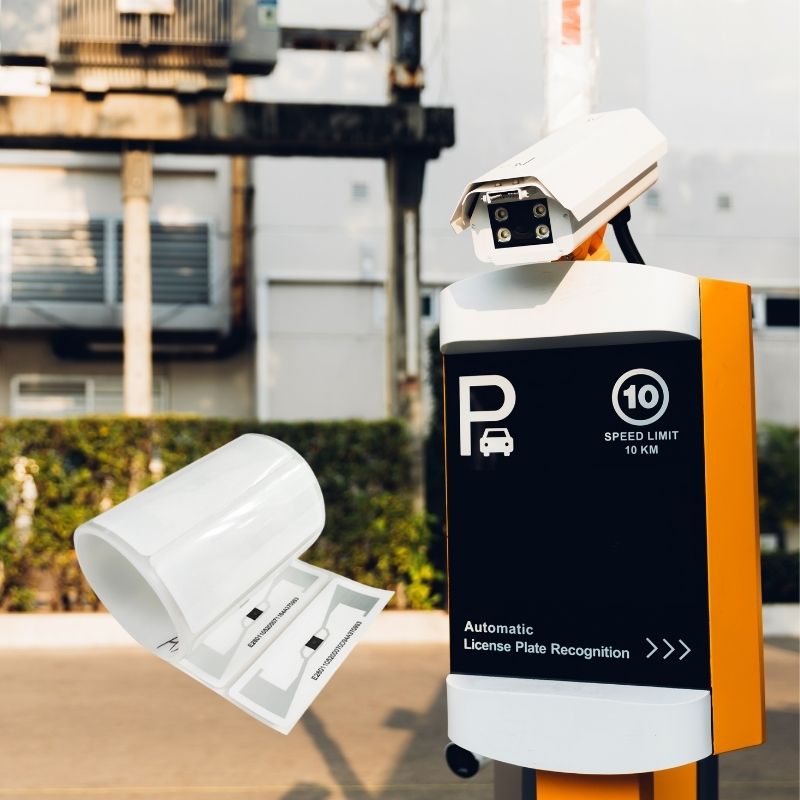
כיצד תג RFID על השמשה הקדמית משפר את בקרת הגישה לרכב ומערכות האגרה
בעולם המהיר של ימינו, זיהוי כלי רכב צריך להיות מהיר, מאובטח וללא מגע. תג RFID על השמשה הקדמית מספק בדיוק את זה — דרך אמינה לנהל גביית אגרה, חניה וגישה לשערים מבלי לעצור את כלי הרכב.
תגים
בלוגים קשורים

RFID בלוגיסטיקה: כיצד למנוע טעויות ניתוב RFID וכשלים בתוויות RFID
RFID בתחום הלוגיסטיקה הוא יותר מסתם כלי להאצת תהליכים. הוא הפך לחלק מרכזי באופן הפעולה של שרשראות אספקה מודרניות.

מהו ניהול פסולת באמצעות RFID
דמיינו עיר שבה כל פח אשפה מדבר — לא במובן המילולי — אלא באמצעות שבב זעיר שמודיע למערכת מתי הוא מלא, מתי הוא מרוקן ולאן הוא נלקח. זה מה שעושה כיום ניהול פסולת באמצעות RFID.

מהם אטמי בורג ומהן היישומים שלהם? | המדריך המלא
בסחר ולוגיסטיקה גלובליים, אטמי בורג ממלאים תפקיד מכריע בהבטחת אבטחת המטען ותאימותו. מכשירים קטנים אך עוצמתיים אלה נועדו לנעול מכולות משלוח, נגררים ודלתות מטען באמצעות מנגנון המונע חבלה.


